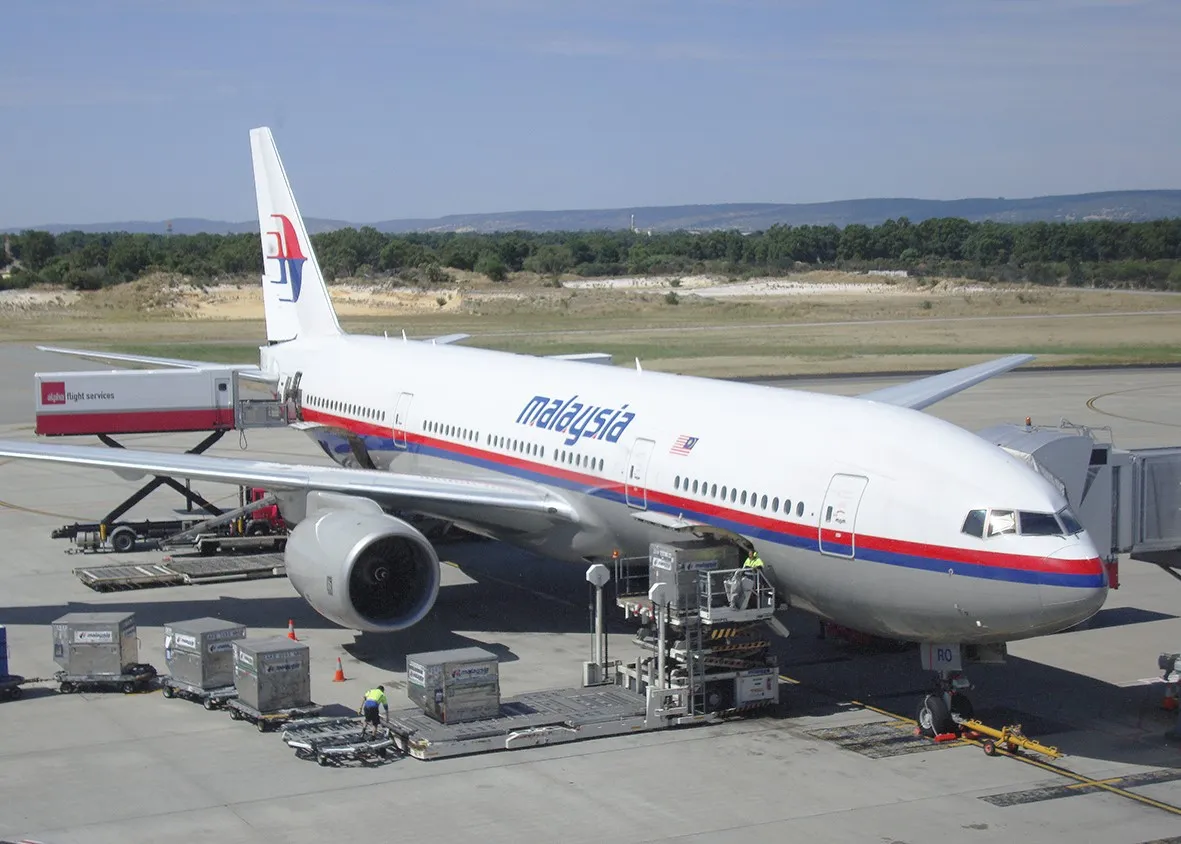
REFINED STUDY PINPOINTS LOCATION OF MH370
Sep 08, 2022

Recent research has refined the search for Malaysia Airlines Flight MH370, suggesting a more precise location in the southern Indian Ocean. Utilizing advanced oceanographic modeling and satellite data, scientists have narrowed down the potential crash site, enhancing the chances of locating wreckage and black box recordings. This study incorporates new insights from underwater terrain and ocean currents, improving the understanding of how the aircraft may have ended up in its final resting place. These findings reignite hopes for closure for the families of those on board and contribute to ongoing efforts to solve one of aviation's greatest mysteries.
The mystery surrounding Malaysia Airlines Flight MH370 has captivated the world since its disappearance on March 8, 2014. Recent advancements in technology and refined studies have led researchers to narrow down the potential location of the wreckage. In this article, we will explore these findings and their implications for the ongoing investigation into the fate of MH370.
Understanding the Refined Study
The refined study utilizes sophisticated algorithms and data analytics to analyze satellite communication, oceanic currents, and flight patterns. This comprehensive approach has allowed researchers to create a more accurate model of the possible crash site. By integrating various data sources, including the Inmarsat satellite data, scientists can now hone in on a specific area in the southern Indian Ocean.
Key Findings from the Analysis
The study identifies a "high-probability zone" based on the analysis of the "last satellite handshake" with MH370. This zone is approximately 30% smaller than previously estimated, significantly increasing the chances of locating the wreckage. The use of advanced predictive modeling has been a game-changer in pinpointing the area where the aircraft might have ended its journey.
Impact of Oceanic Currents
Another significant factor in determining the potential location of MH370 involves the study of "oceanic currents". Researchers have examined how these currents could have affected the debris drift over the years. This analysis is crucial, as it helps to understand the possible trajectory of any floating debris from the aircraft. Understanding these currents allows search teams to focus their efforts more effectively.
Technological Advances in Search Methods
Modern technology plays a critical role in the refined study of MH370. The use of "underwater autonomous vehicles (AUVs)" and advanced sonar technology has transformed search operations. These tools can cover vast areas of the ocean floor more efficiently than traditional methods. Recent missions have utilized these technologies to scan the identified high-probability zone, bringing researchers closer to finding the missing aircraft.
Collaboration and Data Sharing
The efforts to locate MH370 have been bolstered by international collaboration. Various countries have shared data and resources, leading to a more unified approach to the search. This collaboration includes sharing satellite imagery, oceanographic data, and technological resources. Such partnerships are vital in enhancing the search's effectiveness, as they combine expertise and knowledge from around the globe.
The Role of Public Interest and Funding
Public interest in the MH370 investigation remains high, driving funding for ongoing research and search efforts. Many organizations and individuals have contributed to the search, emphasizing the need for closure for the families of those onboard. This public support is crucial, as it ensures that the search remains a priority for governments and organizations involved.
Future Directions in the Search
As technology continues to evolve, so too will the methods used in the ongoing search for MH370. Future studies may utilize "machine learning" and artificial intelligence to further refine the search area and predict potential debris locations based on new data. These advancements could revolutionize the search efforts and lead to significant breakthroughs in finding the wreckage.
Conclusion: A Glimmer of Hope
The refined study has provided a renewed sense of hope in the search for MH370. With a more focused approach and advanced technology, researchers are optimistic about the potential to locate the aircraft. As investigations continue, the collaboration of international teams and the support of the public will be vital in uncovering the truth behind this enduring aviation mystery.
Table of Key Findings
| Finding | Description |
|---|---|
| High-Probability Zone | 30% smaller area based on refined data analysis |
| Oceanic Currents | Study of currents has influenced debris trajectory understanding |
| Technological Advances | Use of AUVs and sonar technology in search operations |
| International Collaboration | Shared resources and data among multiple countries |
| Public Interest | Continued funding and support for the search efforts |
As the investigation unfolds, the hope remains that these refined studies will lead to the discovery of MH370, providing closure to the families affected and answers to one of aviation's greatest mysteries.
Related Articles

Explore Thailand: The Best Islands to Visit for Paradise, Adventure, and Relaxation

The Ultimate Guide to the Best Islands in Thailand for Your Next Getaway

Do babies need passports? How to get a passport for a newborn

How to get a U.S. passport fast: here’s how to expedite the process

What is Mobile Passport Control: 5 reasons why you should use it

SENTRI vs. Global Entry: A detailed guide

Do you need a passport to go to the Bahamas? Let’s find out

Do you need a passport to go to Mexico? A detailed guide

Do you need a passport to go to Canada? We got the answer

Do You Need a Passport for a Cruise: An Essential Travel Guide

Booster Seat Requirements: All the Rules to Follow in Your Rental Car

What Are the World’s Most Powerful Passports, and How Does Yours Rank?

How to Take a Passport Photo at Home: A Helpful Guide

You've got to have heart! Southwest's new livery

Your opinion: Should water be free on low cost carriers?

Young women bolder than guys as solo travellers
